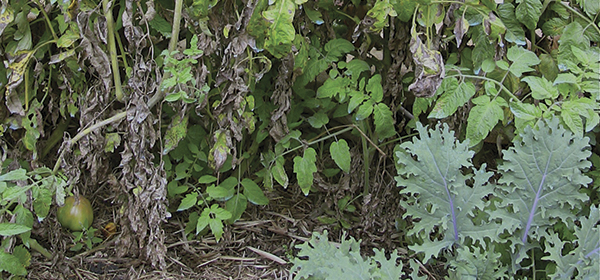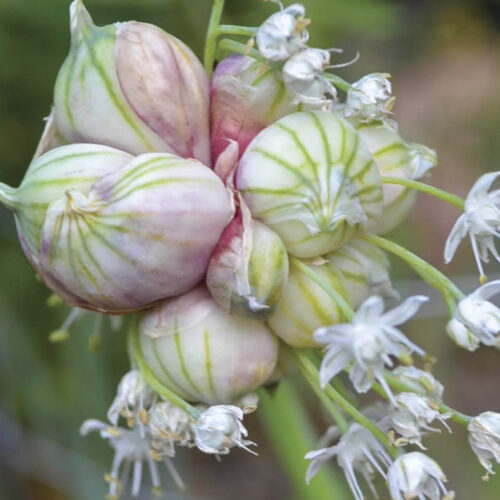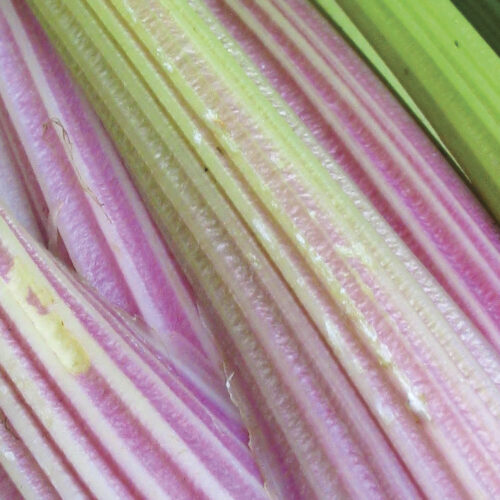Tomato Tactics
2012-09-28T23:46:33+10:00
Justin Russel suggests some natural methods of controlling two of the most common tomato problems: root knot nematodes and blossom end rot.
Root knot nematodes
Root knot nematodes are microscopic worm-like creatures that burrow into tomato roots, causing knot-like tumours and inhibiting a plant’s ability to take up water and nutrients, and are common in irrigated soil.
The best methods of control are crop rotation in conjunction with biological methods. Increasing the amount of organic matter in the soil will provide habitat for beneficial nematodes, which will attack the pest species.
Likewise, a green manure crop of mustard grown over the winter and dug into the soil in August will provide a natural bio-fumigant, but the gas is only released if the soil is kept moist for three weeks after digging them in.
Fruit Disorders
Blossom end rot is a common disorder of tomatoes. Immature tomatoes develop a scab on the base, which may turn black and cause the fruit to rot.
The technical cause is calcium deficiency in the plant, but the real culprits are likely to be fluctuating soil moisture and the use of high-nitrogen fertiliser, each of which inhibits the uptake of calcium from the soil.
Overcome the problem by avoiding the use of high-nitrogen fertiliser, and by deep soaking your tommy beds a couple of times per week.
Deep soaking will also help prevent fruit split, which can occur when the soil swings dramatically from dry to wet, swelling the fruit too quickly.






